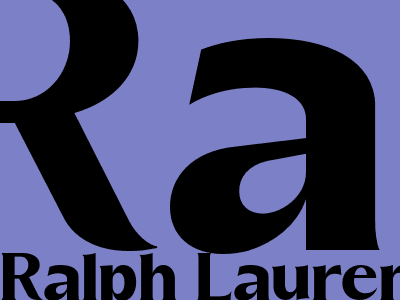A Comprehensive Guide to the Art of Hypertrophic Training
Introduction
Hypertrophy training has gained immense popularity among fitness enthusiasts seeking to increase muscle mass and strength. This specialized approach to resistance training aims to induce controlled muscle damage to stimulate muscle growth and repair.
This in-depth guide will delve into the principles behind hypertrophic training, providing a comprehensive overview of its key components, benefits, and programming considerations. By understanding the science and techniques involved, you can optimize your workouts and achieve your muscle-building goals effectively and efficiently.
Principles of Hypertrophic Training
Progressive Overload
Progressive overload is a cornerstone of hypertrophic training. It involves gradually increasing the intensity or volume of your workouts over time to continuously challenge your muscles and promote growth.
To achieve progressive overload, you can increase the weight you lift, the number of sets and repetitions performed, or the frequency of your training sessions.
Time Under Tension (TUT)
Time under tension refers to the duration during which your muscles are under load. By extending the TUT, you increase the mechanical stress on your muscles, leading to greater muscle damage and stimulation.
Utilizing slower tempos, drop sets, and supersets are effective strategies for prolonging TUT.
Metabolic Stress
Hypertrophic training also incorporates metabolic stress, which involves accumulating metabolites like lactic acid within the muscles. This stress creates a hormonal environment conducive to muscle growth and recovery.
Techniques such as high-intensity interval training (HIIT) and occlusion training can enhance metabolic stress.
Benefits of Hypertrophic Training
Increased Muscle Mass
The primary goal of hypertrophic training is to increase muscle mass. By effectively applying the principles of progressive overload, TUT, and metabolic stress, you can stimulate muscle growth and enhance your overall physique.
Improved Strength
Hypertrophy training not only increases muscle size but also enhances strength. This is because increased muscle mass provides a greater force-generating capacity.
By lifting heavy weights and incorporating compound exercises, you can develop both hypertrophy and strength simultaneously.
Enhanced Metabolic Rate
Increased muscle mass resulting from hypertrophy training leads to an increased metabolic rate. This means your body burns more calories at rest and during exercise, contributing to weight management and overall health.
Programming Considerations
Exercise Selection
Choose exercises that target multiple muscle groups and promote full-body development. Compound exercises such as squats, bench press, and deadlifts are highly effective for maximizing hypertrophy.
Incorporate isolation exercises to focus on specific muscle groups and address imbalances.
Set and Repetition Ranges
For hypertrophy training, aim for sets of 8-12 repetitions, as this range provides an optimal balance between mechanical stress and TUT. You can adjust the rep range based on your training experience and specific goals.
Perform 3-5 sets per exercise, adjusting the weight to maintain the desired rep range.
Rest Periods
Allow for adequate rest periods between sets to allow for muscle recovery and energy replenishment. Rest for 1-2 minutes between sets for heavy compound exercises and 30-60 seconds for isolation exercises.
Shorter rest periods enhance metabolic stress, while longer rest periods promote recovery and strength development.
Frequency and Volume
Train each muscle group 2-3 times per week to provide sufficient stimulus for growth. Adjust the training volume (sets x reps x weight) gradually over time to progressively overload your muscles.
Monitor your progress and make adjustments as needed to find the optimal volume for your individual needs.
Conclusion
Hypertrophic training is a highly effective approach to building muscle mass and strength. By understanding the principles of progressive overload, TUT, and metabolic stress, you can design and implement effective training programs that maximize muscle growth and recovery.
Remember to prioritize compound exercises, maintain an appropriate set and rep range, allow for adequate rest periods, and adjust training frequency and volume based on your individual goals and progress. With consistency and dedication, you can achieve your muscle-building aspirations through the transformative power of hypertrophic training.

Comments